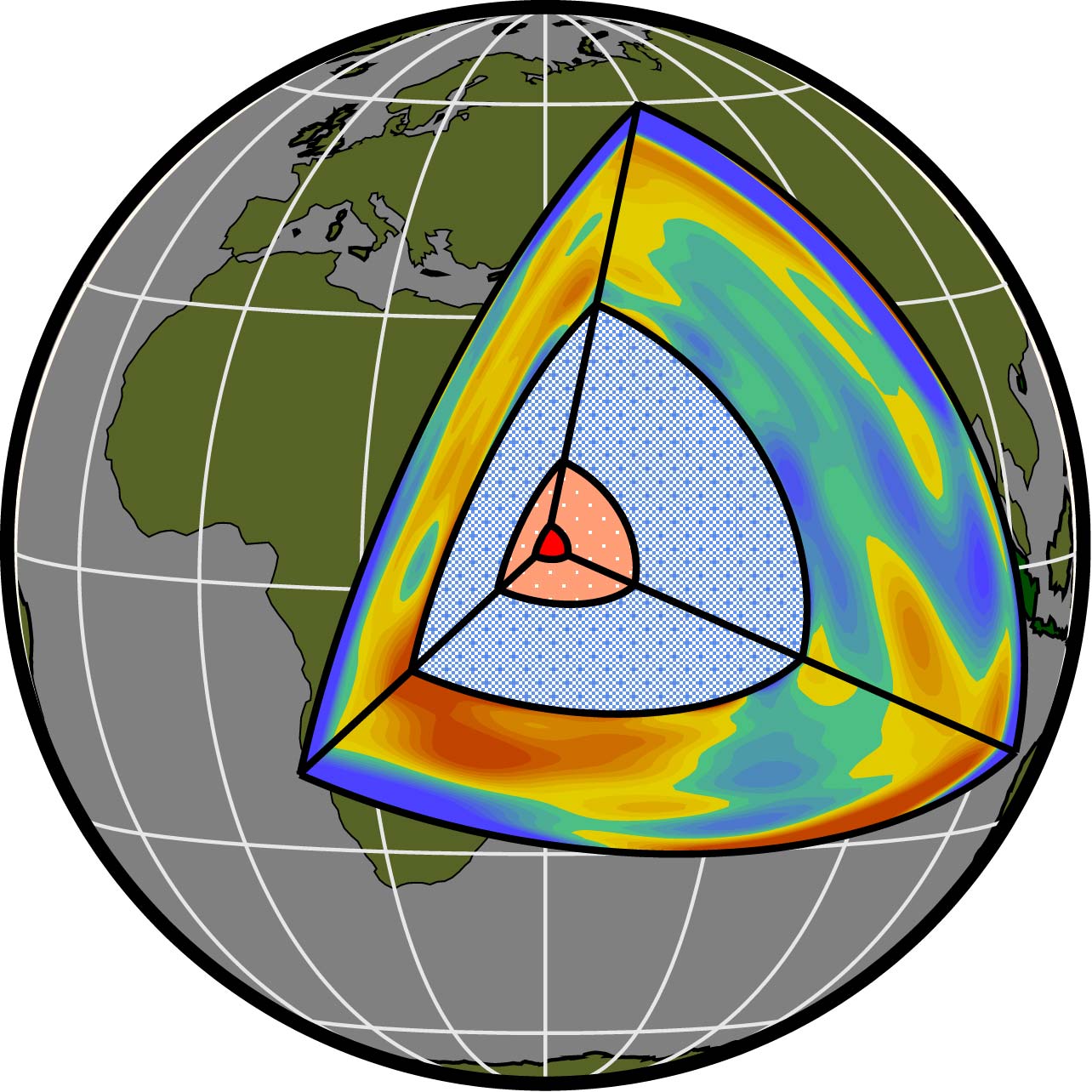-
Analogue Seismograms
research/images/slideshow/split_fiche_ss.jpgSeismograms recorded on analogue media (e.g., paper and film) cover much longer time period than that from the digital time series. Efforts are made to recover and digitize these seismograms for use in research.

-
Near-Surface Seismic Wave Speed Estimates Based on Polarization Analysis
research/images/slideshow/Vsmap1.pdfGround shaking depends strongly upon seismic wave speeds at the shallowest depths. This project examines polarization of seismic waves to constrain near-surface wave speeds.
-
DigitSeis: Software for Digitizing Analogue Seismogram Images
research/images/slideshow/digitize_shot.pngDigitSeis is an interactive digitization software written in MATLAB that converts digital, raster images of analog seismograms to readily usable, discretized time series using image processing algorithms.

-
Inversion for Rupture Properties Based Upon Three-Dimensional Directivity Effect
research/images/slideshow/directivity.pngThe directivity effect can provide important insights into characteristics of the earthquake mechanism by estimating the rupture properties. We consider the directivity effect in three-dimension, i.e., parameterizing in dip and azimuth. Our analysis shows that examining not only the azimuthal variation but also the dip dependency is crucial for robust estimation of model parameters. Based upon the framework, we introduce an inversion scheme to obtain rupture properties; the duration, speed, dip and azimuth of the rupture propagation.

-
Back-Projection Analysis of Earthquakes
research/images/slideshow/BP.jpgBack-projection technique takes advantage of the dense array of seismometers that are available around the world such as the Transportable Array in the United States and Hi-net array in Japan. The wavefront observed by the array is collapsed back in space and time (back-projected) to the target region to determine the timing and location of the energy source that generated the seismic waves. If an earthquake has large enough spatial and temporal extent, the rupture propagation can be imaged with great detail using this technique.

-
Properties of the Earth's Core
research/images/slideshow/ic.jpgThe Earth's inner core has this remarkable property: Compressional waves travel faster along its spin axis than in the equatorial plane. Such a directional dependence of wave propagation, together with the anomalous splitting of core-sensitive normal modes, was explained by an anisotropic inner core model first proposed by Harvard Seismology Group in 1986. Since then, we have further investigated its anisotropy extensively using both travel-time anomalies and the normal modes splitting.

-
Upper-Mantle Structure Based on Array Triplication Data
research/images/slideshow/triplication.pngAnalysis of the triplicated wave arrivals using Radon transform to separate different phases to study the transition-zone structure.

-
Miscellaneous Topics
research/images/slideshow/misc_ALLsl.pngThis page provides summary of following topics:
Global Models of Surface Wave Group Velocity
Phase Velocity Maps
Normal-Mode Observations
Research Topics/Projects
Below are some research topics that are being or have been carried out by the Harvard seismology group| Characterization of Oceanic Storm Systems via Ambient Seismic Noise | ||
|
Ocean waves generate seismic ground motion, known as oceanic microseism. When oceanic storms (i.e., tropical cyclones) pass nearby land-based seismometers, there is an observable increase in this oceanic microseism. This project seeks to understand how information about these storms can be gleaned from the seismic record. more |
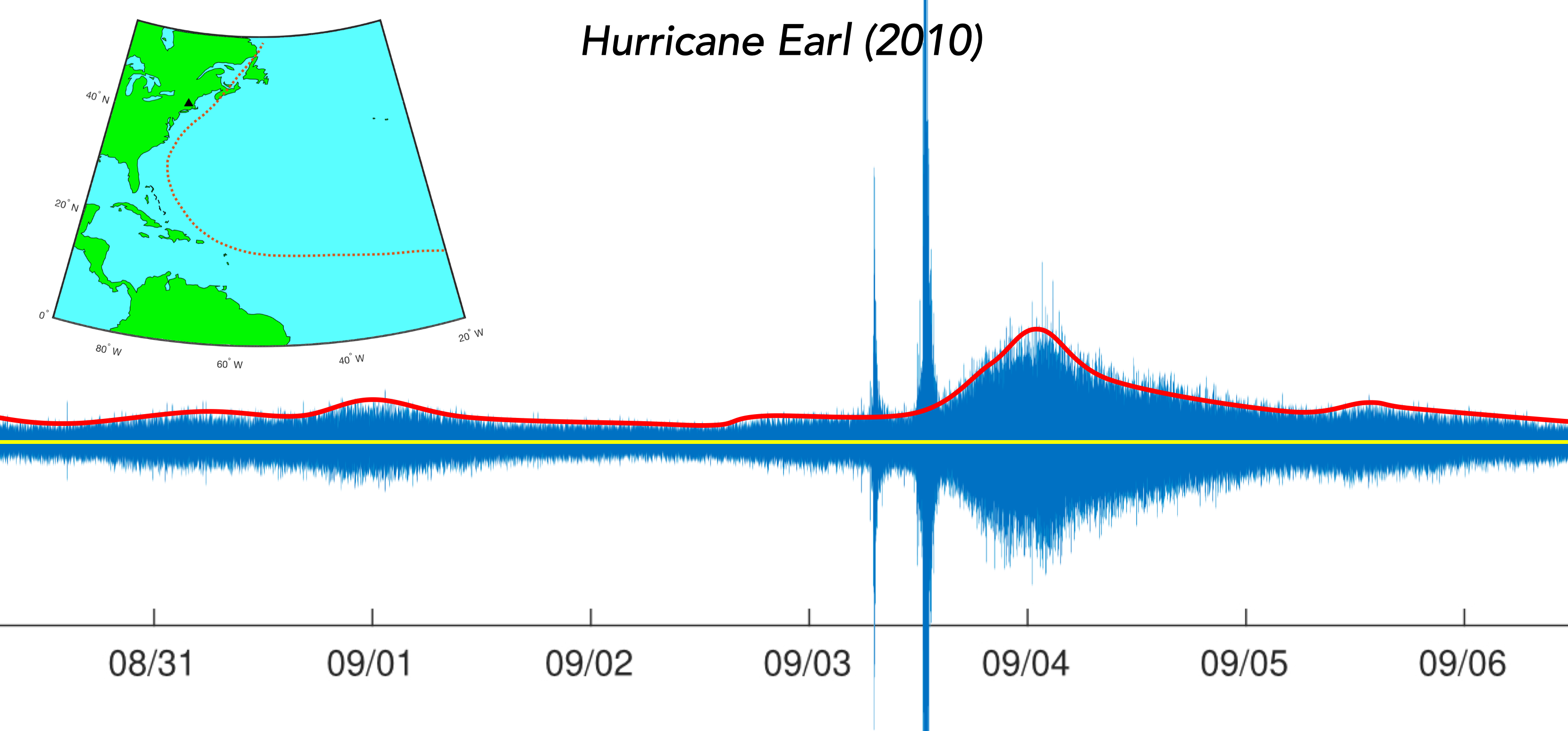
|
|
| Analogue Seismograms | ||
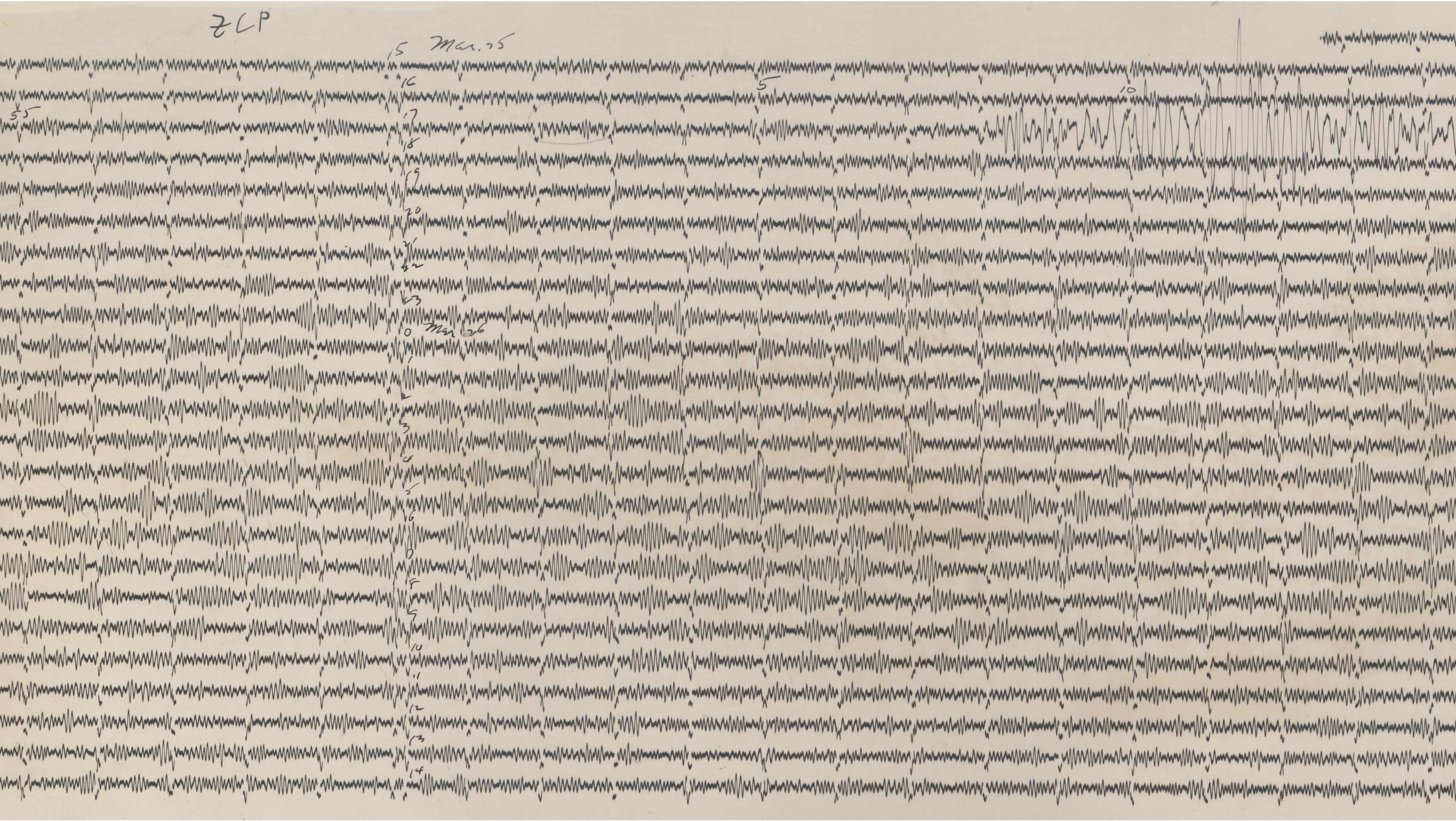
|
Seismograms recorded on analogue media (e.g., paper and film) cover much longer time period than that from the digital time series. Efforts are made to recover and digitize these seismograms for use in research. more Related project pages: |
|
| Near-Surface Seismic Wave Speed Based on Polarization Analysis | ||
|
Ground shaking depends strongly upon seismic wave speeds at the shallowest depths. This project examines polarization of seismic waves to constrain near-surface wave speeds. more Related project pages: |

|
|
| DigitSeis: Software for Digitization of Old Analog Seismograms | ||
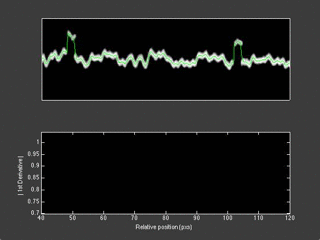
|
DigitSeis is an interactive digitization software written in MATLAB that converts digital, raster images of analog seismograms to readily usable, discretized time series using image processing algorithms. more Related project pages: |
|
| Seismic Tomography using Sparse Direct Methods and High-Performance Computing | ||
|
We revisit the application of direct methods in solving tomographic inverse problems in view of significant developments in computer science and hardware in the last decade. These advances include efficient rank-revealing algorithms that take advantage of new architectures such as memory hierarchy and parallelism now exist, and new fill-reducing ordering algorithms that effectively propagate sparsity throughout common factorizations more |
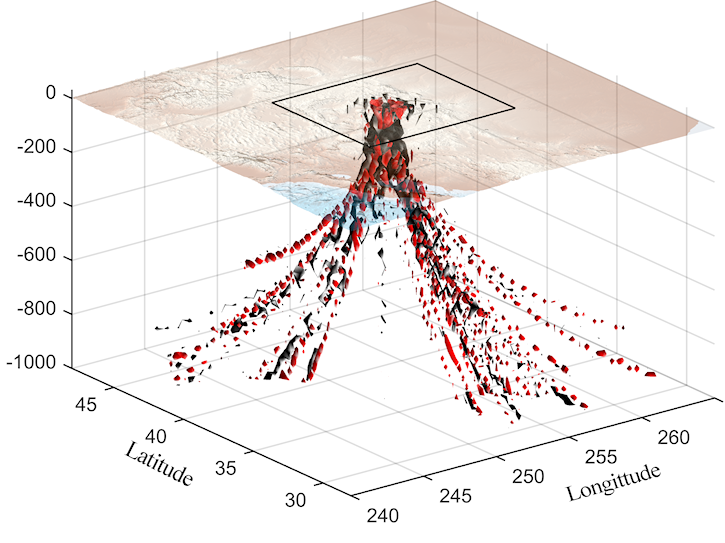
|
|
| Inversion for Rupture Properties Based Upon Three-Dimensional Directivity Effect | ||
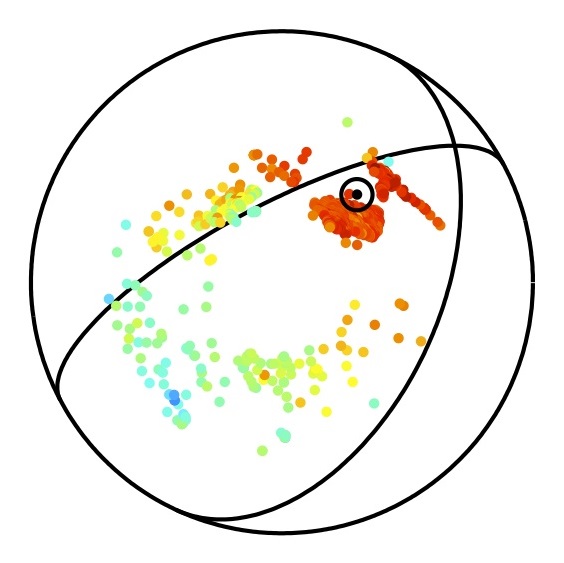
|
The directivity effect can provide important insights into characteristics of the earthquake mechanism by estimating the rupture properties. We consider the directivity effect in three-dimension, i.e., parameterizing in dip and azimuth. Our analysis shows that examining not only the azimuthal variation but also the dip dependency is crucial for robust estimatation of model parameters. Based upon the framework, we introduce an inversion scheme to obtain rupture properties; the duration, speed, dip and azimuth of the rupture propagation. more |
|
| Wavelet Decomposition for Seismic Phase Picking | ||
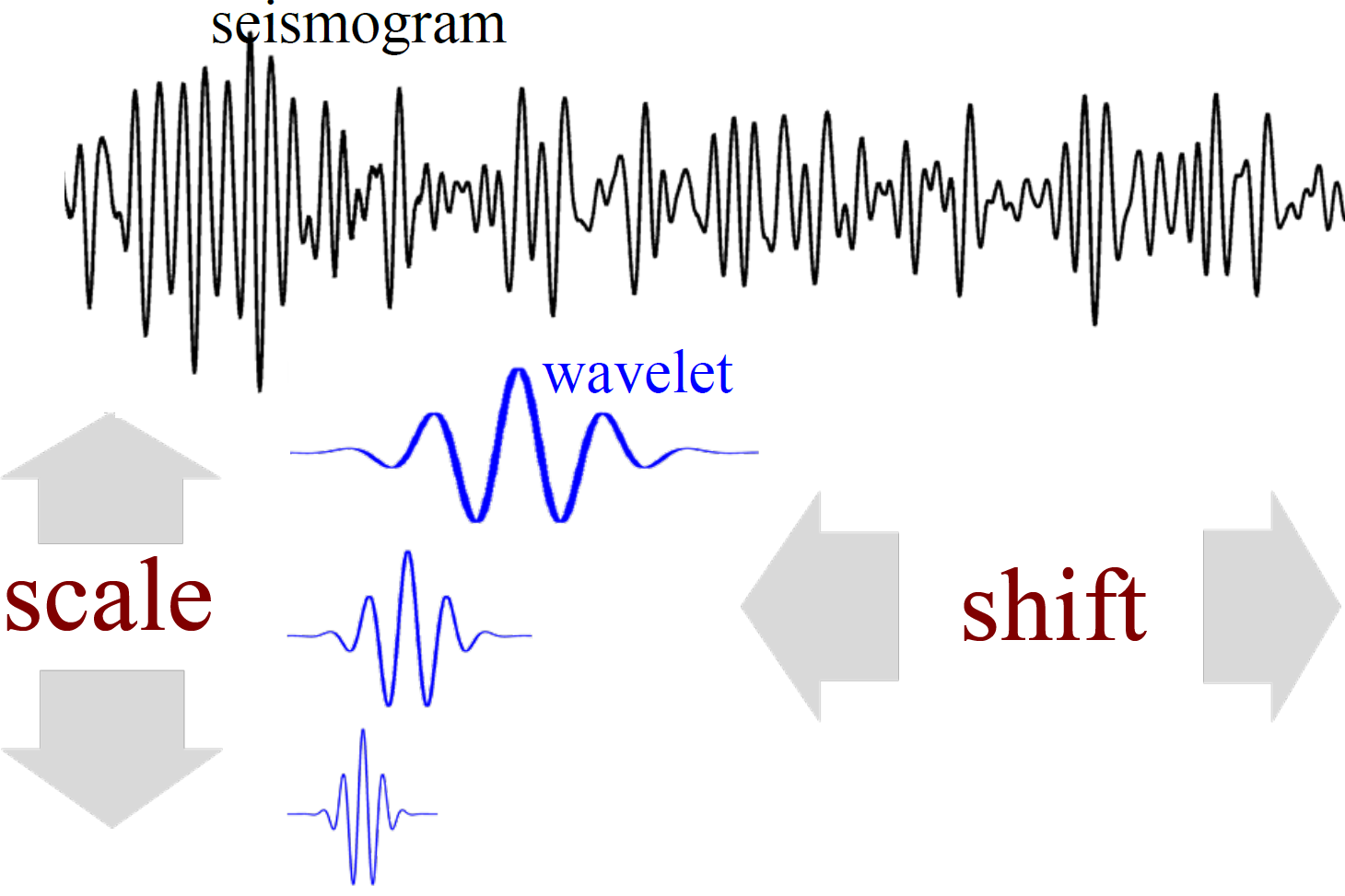
|
Seismic phase arrivals are considered in both the time and frequency domains by decomposition using wavelets. This algorithm is designed to pick both P- and S-wave arrivals based upon their characteristics. more |
|
| Back-Projection Analysis of Earthquakes | |
|
Back-projection technique takes advantage of the dense array of seismometers that are available around the world such as the Transportable Array in the United States and Hi-net array in Japan. The wavefront observed by the array is collapsed back in space and time (back-projected) to the target region to determine the timing and location of the energy source that generated the seismic waves. If an earthquake has large enough spatial and temporal extent, the rupture propagation can be imaged with great detail using this technique. more Related project page: |
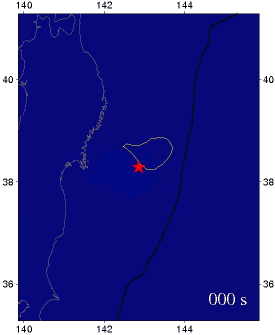
|
| Seismic Structure of Upper-Mantle Discontinuities Based on High-Frequency Triplication Data | ||
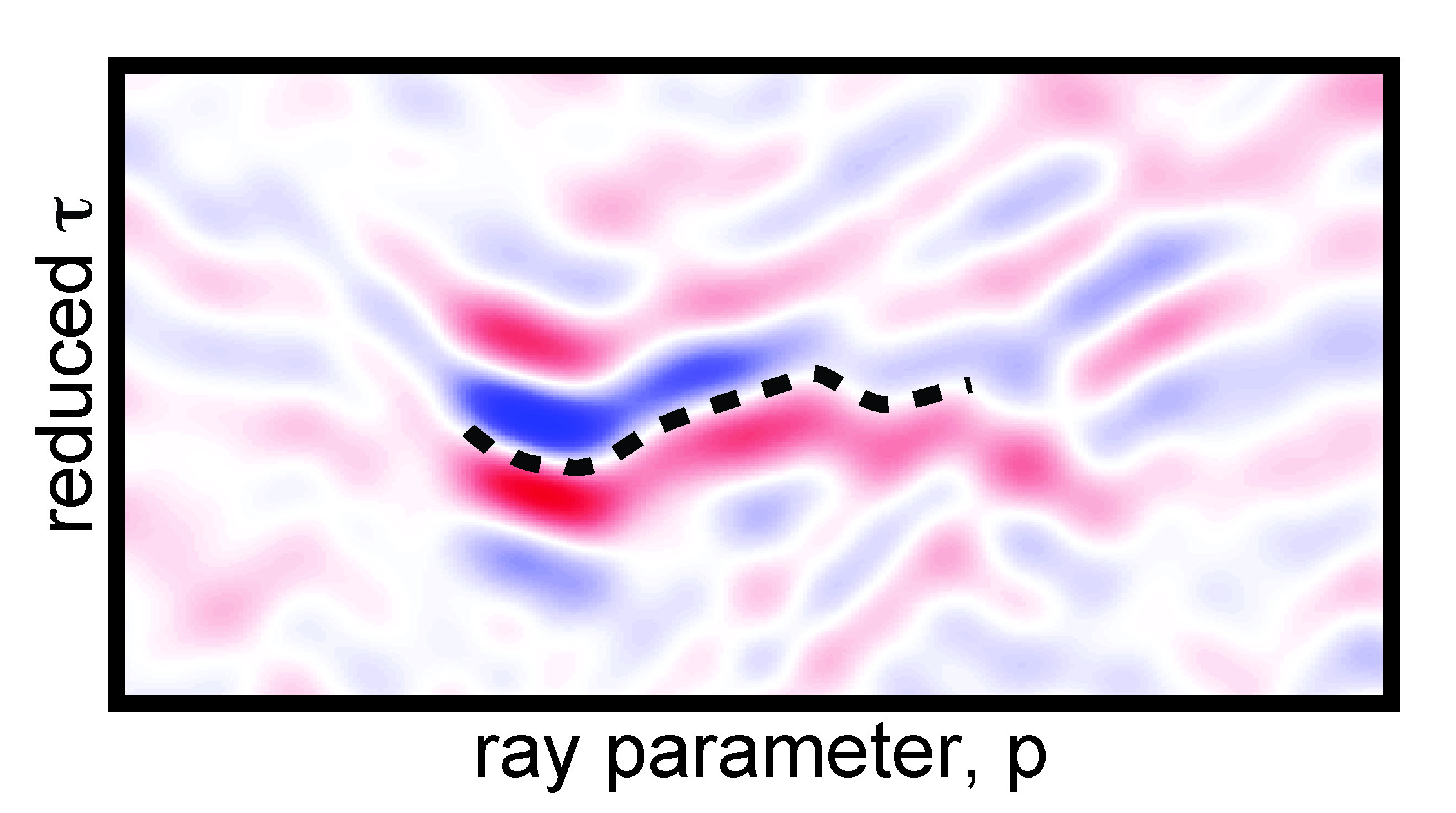
|
Constraining seismic properties of the 410- and 660-km discontinuities which delineate the mantle transition zone, is crucial in understanding the mantle composition and convection dynamics. One approach to study the transition zone is to use "triplicated" arrivals of seismic data. One of the challenging components in using triplication data, however, is to identify the three individual phases, since they arrive close in time and overlap with each other. Therefore, we analyze Radon transform of the data, which unwraps the bowtie shape in the original data and separates the three phases. Based on the transformed data, the new methodology allows velocity jump, depth, and width of the discontinuities to be obtained. more |
|
| Investigation of Earthquake Source Properties with Normal Mode Data | ||
|
Large earthquakes make Earth oscillate like a ringing bell for weeks, even months after the event. These oscillations are called normal modes or free-oscillations and they provide important insight about the properties of the causing earthquake. |
 |
|
| Mechanics of Tsunami Generating Earthquake Rupture with Long Period Seismology | ||
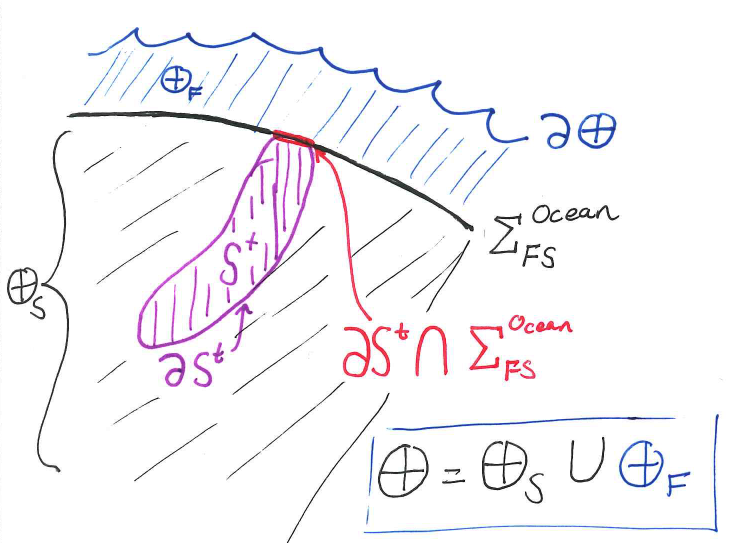
|
Current earthquake source theory is not complete for events for which the rupture reaches the surface or the seafloor. The additional term associated with seafloor displacement results in stronger excitation of long period seismic energy which can be used to advance our understanding of tsunami-generating earthquakes. more |
|
| Miscellaneous Topics | |
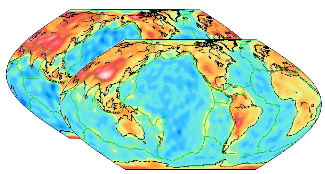
|
This page provides summary of following topics: more |

